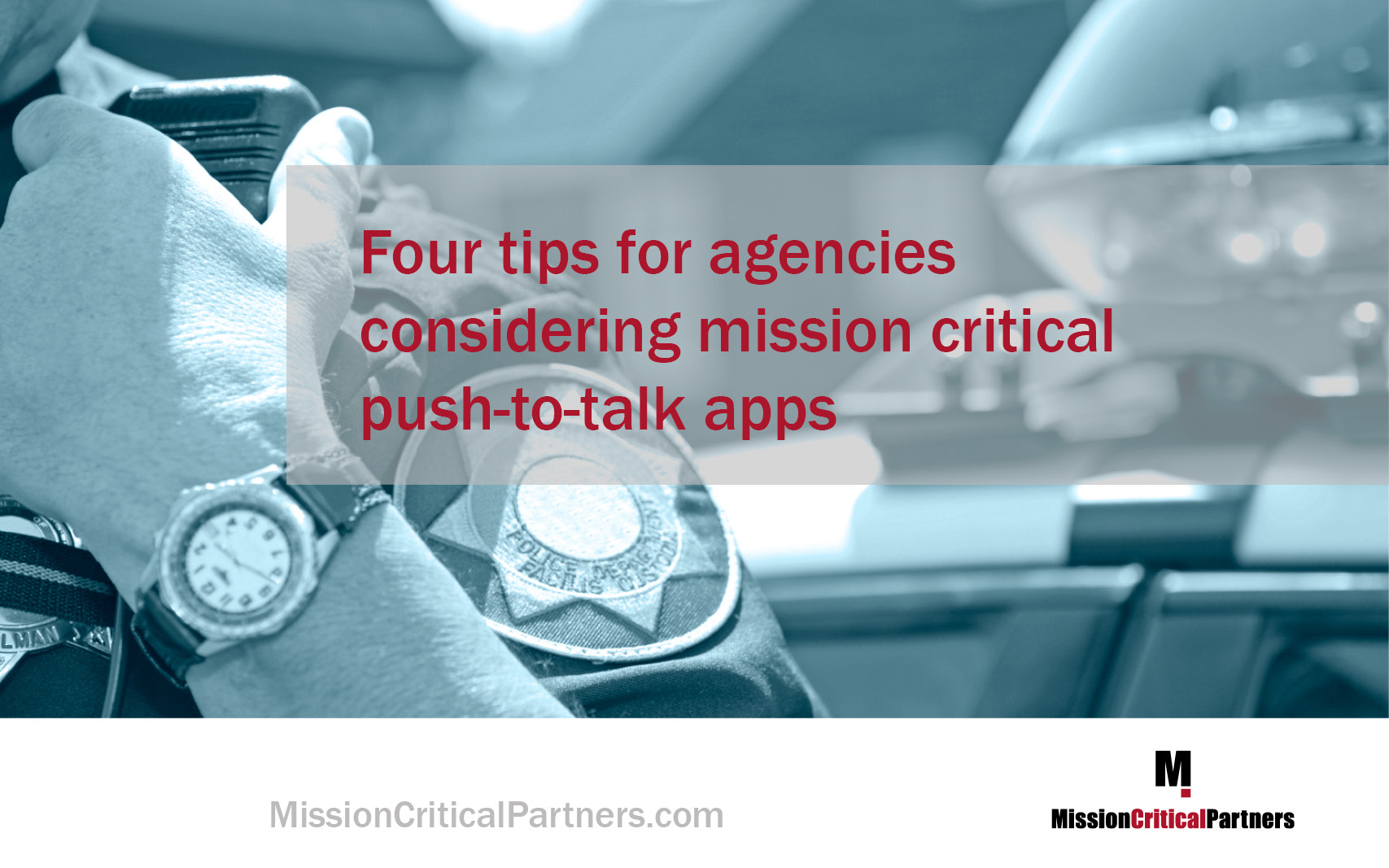Announcing the Launch of MCP's Book, Expert Advice to Guide Your Mission-Critical Facility Project
A project to build or refurbish an emergency communications center—including a 911 center—or an emergency operations center is no small undertaking. Generally speaking, the decisions made will impact the agency and its stakeholders for at least 20 years, perhaps a half century or more.
Mission-critical facilities must meet today’s operational and technology requirements while being flexible enough to accommodate the unforeseen practices and systems deployed in the future. The complexity of such a project is daunting. Every single decision impacts many other aspects of the facility and the desired operational outcome—just as a pebble tossed into a lake creates ripples that are many times larger than the pebble. Therefore, a great deal of thought needs to be put into sizing, purposing and equipping the facility.
In light of that, we are excited to announce the launch of MCP's new book nearly ten years in the making, "Expert Advice to Guide Your Mission-Critical Facility Project."
The basis of this book is to offer guidance to those who are spearheading facility projects, whether they be government officials, public safety directors or facility managers. The MCP Team has learned the hard lessons about what works, and what doesn't, when it comes to facility design. This book is intended to share those lessons in order to help project leaders navigate the constraints and challenges that could have a detrimental impact on bringing the facility to fruition.


.jpg)






